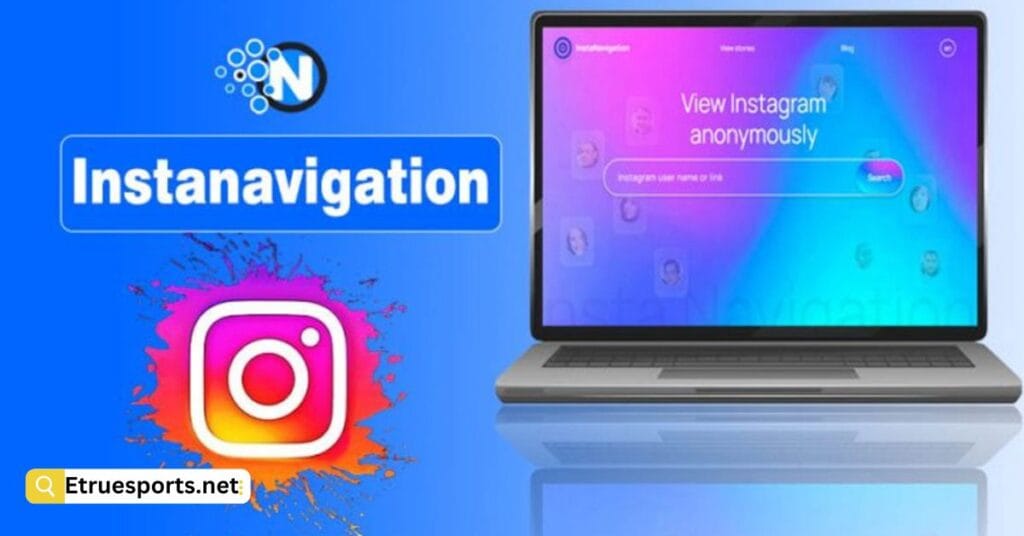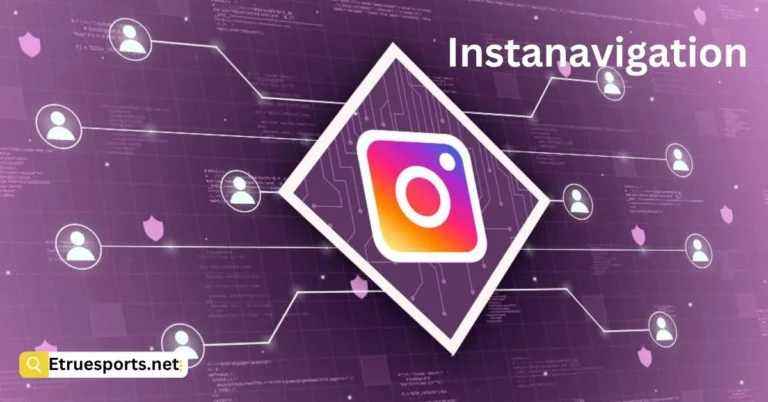What is Instanavigation?
Instanavigation is an advanced navigation solution that combines real-time data processing, machine learning, and intuitive user interfaces to provide users with seamless navigation experiences. It allows users to navigate through complex environments, whether physical or digital, with ease and precision.
The Technology Behind Instanavigation
Instanavigation leverages several technologies, including:
- GPS and GNSS: These technologies provide precise location tracking, enabling users to find their way in both urban and rural settings.
- Augmented Reality (AR): AR enhances the navigation experience by overlaying digital information onto the real world, helping users visualize their route and points of interest.
- Machine Learning Algorithms: These algorithms analyze user behavior and preferences, optimizing navigation routes based on past choices.
How Instanavigation Works
Instanavigation utilizes a combination of data sources and technologies to create a robust navigation system. Here’s a closer look at how it works:
Data Collection and Processing
- Real-time Data Gathering: Instanavigation collects data from various sources, including GPS signals, user inputs, and sensor readings.
- Data Integration: The system integrates this data to create a comprehensive view of the user’s environment, identifying obstacles, points of interest, and optimal routes.
- Machine Learning Analysis: By analyzing user behavior and preferences, Instanavigation improves its recommendations over time, making navigation more efficient and personalized.
User Interface
Instanavigation features an intuitive user interface that allows users to interact with the navigation system easily. Key components include:
- Interactive Maps: Users can access detailed maps that highlight their current location, nearby attractions, and the best routes to their destinations.
- Voice Commands: Instanavigation supports voice commands, allowing users to navigate hands-free while driving or walking.
- Augmented Reality Overlays: Users can see augmented reality directions in real-time, enhancing their navigation experience.
Benefits of Instanavigation
Instanavigation offers numerous benefits that make it a valuable tool for individuals and businesses alike. Here are some of the key advantages:
Enhanced User Experience
Instanavigation provides a user-friendly interface that simplifies navigation, reducing stress and confusion for users. With its real-time updates and personalized recommendations, users can navigate more confidently and efficiently.
Increased Efficiency
By optimizing routes and reducing travel times, it helps users save time and resources. This efficiency is particularly beneficial for businesses that rely on transportation and logistics.
Improved Safety
It promotes safety by providing real-time alerts about potential hazards, traffic conditions, and road closures. This information enables users to make informed decisions and avoid dangerous situations.
Greater Accessibility
It caters to a diverse range of users, including those with disabilities. Its voice commands and augmented reality features enhance accessibility, ensuring that everyone can benefit from the technology.
Applications of Instanavigation

It has the potential to transform various industries by improving navigation and enhancing user experiences. Here are some key applications:
Transportation and Logistics
In the transportation sector, it can optimize delivery routes, reduce fuel consumption, and enhance fleet management. Logistics companies can use the technology to track shipments in real-time, ensuring timely deliveries.
Travel and Tourism
For travelers, it offers personalized recommendations for attractions, restaurants, and activities. By providing real-time updates on local events and conditions, it enhances the overall travel experience.
Smart Cities
It plays a crucial role in the development of smart cities by integrating navigation with urban planning. City planners can utilize the technology to design efficient public transport systems and improve traffic flow.
Healthcare
In healthcare settings, it can enhance patient care by improving wayfinding in hospitals and medical facilities. Patients can easily navigate to their appointments, reducing stress and ensuring timely care.
Challenges and Limitations of Instanavigation
While it offers numerous benefits, it also faces several challenges and limitations that need to be addressed:
Data Privacy Concerns
As Instanavigation relies on real-time data collection, concerns about data privacy and security arise. Users may be hesitant to share their location and personal information, highlighting the need for robust security measures.
Technological Dependence
Over-reliance on navigation technology can lead to decreased situational awareness among users. It’s essential to balance technology use with traditional navigation skills to ensure safety.
Accessibility Issues
While it aims to improve accessibility, not all users may have access to the necessary technology or internet connectivity. Ensuring equitable access is a crucial consideration for widespread adoption.
The Future of Instanavigation

As technology continues to advance, the future of it looks promising. Here are some trends to watch for:
Integration with IoT
The integration of it with the Internet of Things (IoT) will enhance its capabilities, allowing for smarter and more connected navigation experiences. For example, vehicles equipped with it could communicate with traffic lights to optimize traffic flow.
Continued Innovation in AR
Advancements in augmented reality will further improve the user experience, offering more immersive and interactive navigation solutions. Users may soon find themselves navigating through complex environments with digital overlays that provide real-time information.
Expansion into New Markets
As more industries recognize the value of Instanavigation, we can expect its expansion into new markets, including agriculture, retail, and education. Each sector will find unique applications for this innovative technology.
FAQs
1: How does Instanavigation differ from traditional navigation systems?
Instanavigation utilizes real-time data, machine learning, and augmented reality to provide a more personalized and efficient navigation experience compared to traditional systems.
2: Is Instanavigation suitable for all users?
Yes, it is designed to cater to a wide range of users, including those with disabilities, through features like voice commands and augmented reality overlays.
3: What industries can benefit from Instanavigation?
Industries such as transportation, travel and tourism, smart cities, and healthcare can significantly benefit from the applications of Instanavigation.
4: What are the privacy concerns associated with Instanavigation?
Instanavigation collects real-time data, raising concerns about user privacy and data security. It’s essential for developers to implement robust security measures.
5: What does the future hold for Instanavigation?
The future of it includes potential integrations with IoT technology, advancements in augmented reality, and expansion into new markets, enhancing its capabilities and applications.
Conclusion
Instanavigation is revolutionizing the way we navigate our environments, providing users with enhanced experiences, increased efficiency, and improved safety. As technology continues to evolve, the potential applications for it are vast, making it a critical player in various industries. By addressing challenges related to data privacy and accessibility, we can ensure that it benefits a diverse range of users and contributes to a more connected and efficient world.






